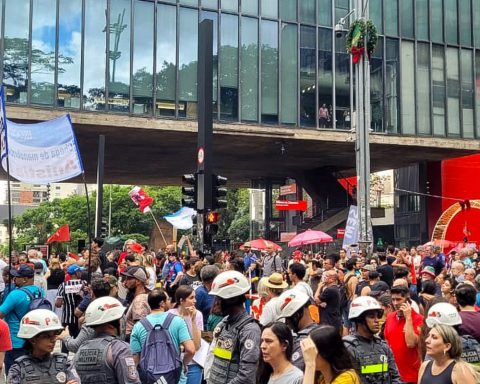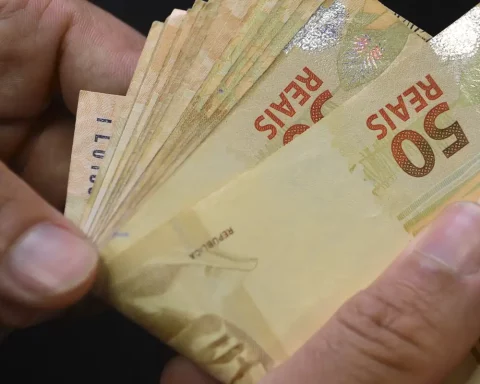The Economic Uncertainty Indicator (IIE-Br) of the Getulio Vargas Foundation (FGV) was practically stable in January, varying -0.2 point, to 122.1 points. Despite reaching the fourth consecutive month without increases, the indicator is still 7 points above the level of February 2020 (115.1 pts), the last month before the arrival of the covid-19 pandemic in the country.
According to the economist at the Brazilian Institute of Economics (Ibre/FGV), Anna Carolina Gouveia, the January result can be considered as an accommodation of the indicator at a high level, accounting for the already known uncertainties around economic activity, the political scenario and the pandemic, now renewed with the Ômicron variant.
“The slight drop in the IIE-Br was entirely motivated by the reduction in the dispersion in expert forecasts for Brazilian economic variables. Moving in the opposite direction, the media component registered an increase, influenced by noise, such as the advance of the new variant of the coronavirus in the country and inflation. For the coming months, the Uncertainty Indicator should remain at a high level, given the economic and health scenario”, said Anna Carolina in a note.
According to FGV, the two components of the Uncertainty Indicator walked in opposite directions in January. The media component rose 1.3 points to 118.9 points and contributed positively by 1.1 points to the aggregate index. The expectations component, which measures the dispersion in expert forecasts for macroeconomic variables, dropped 6 points to 125.8 points, accumulating a drop of 18.2 points in two months. This component contributed negatively by 1.3 points to the evolution in the margin of the IIE-Br.
According to the economist, as the pandemic scenario is being controlled, whether by lighter mutations or by advancing immunization, the challenge of predicting the evolution of economic variables is becoming a little smaller.
“In two months, the expectations component accumulated a drop of almost 20 points. In January, the drop in this component was motivated by the lower dispersion of forecasts for the IPCA and for the exchange rate, with the latter possibly reflecting the results of the increasingly strong signal that the US should enter a phase of more restrictive monetary policy in the coming years. months”, said Anna Carolina.
















